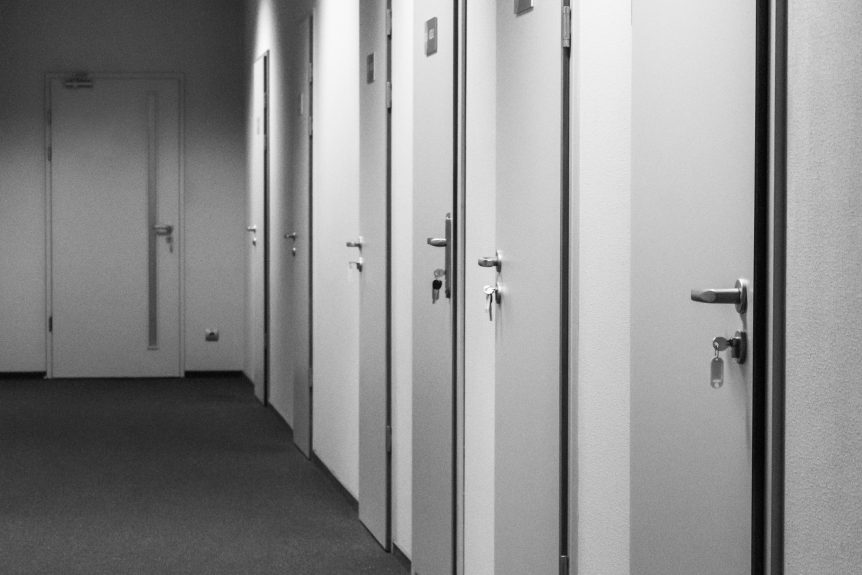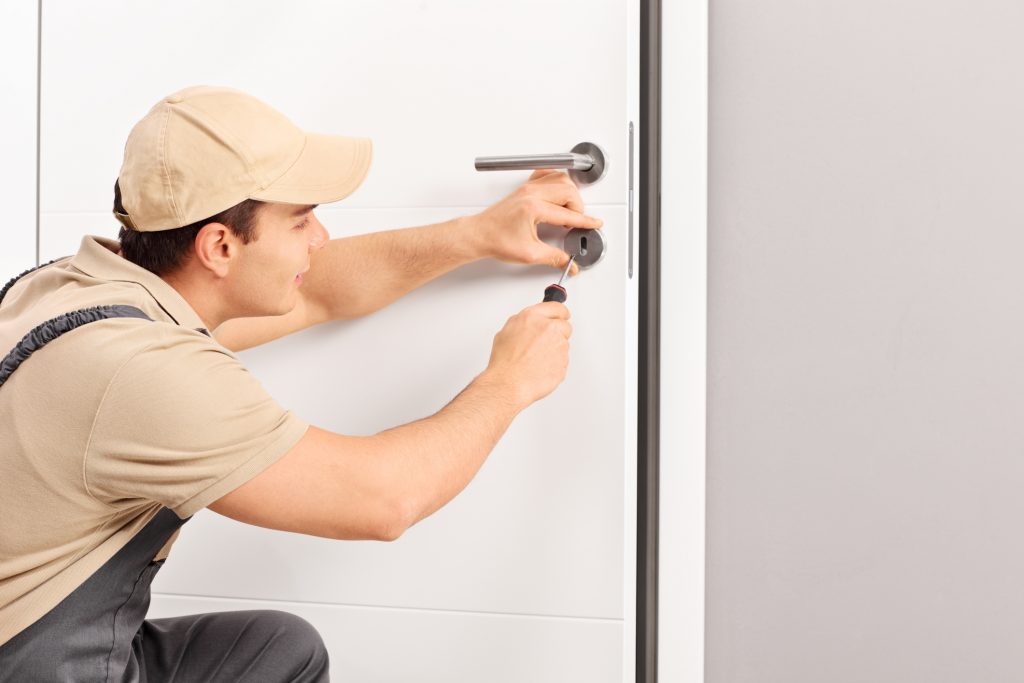
Security door classes – How to choose the right class?
Security doors are entrance doors for homes, offices and commercial establishments designed to guarantee a high level of security against break-in attempts. They are therefore structural elements of a house that are part of the so-called “passive defence”, being created to avoid intrusions, unauthorized access of any kind and external attacks by malicious parties. To make it easier to understand what their break-in and burglary resistance levels are, they are divided into six “safety classes” and are made with different construction materials and features depending on the degree of protection. Read this blog post to find out all the information you need to choose the right security door for your home or property.
Choose the security door
Installing a security door or, more precisely, a burglar-proof door, at the entrance to your home is already an excellent defence against external attacks by criminals and thieves. But in order for it to be truly effective in protecting us, a security door must be chosen according to various criteria and it is also necessary to know which are the optional features that can be found in the security doors on the market, so as to choose the most suitable for you.
Installation of a security door
The installation of the security door is a fundamental operation because the correct installation ensures the best level of security.

Fixing to the wall
Fixing the frame to the wall is essential to ensure the maximum resistance of the door to break-in attempts. In practice, the door and the wall must become a single monolithic block, impossible to destroy with the systems normally used by burglars; to do this at the edge of the frame, steel clamps are welded which penetrate into the wall 10-15cm, fixed with rapid setting cement.
Consolidate the walls
However, if the masonry wall itself is fragile, perhaps of perforated brick-like in condominiums, it can be strengthened internally by applying around the door opening, for about a linear meter on three sides, an electro-welded metal mesh connected to the existing masonry, to which the counter-frame of the door is fixed; to apply the welded mesh it is necessary to remove part of the plaster and then do it again.
Alternatively, to reinforce solid brick or stone masonry, consolidating products can be used that are applied by injection; these are made with cement mixtures and reinforce the wall without having to remove the plaster.
When you are buying a house under construction, it is a good idea to ask the company for the application during the construction of wall reinforcements near the openings and for the entrance door. To install a security door correctly, contact the manufacturer or the trade associations, which often make the lists of member companies available on their websites.
Security doors
Security classes for security doors
To understand what degree of security a security door can offer, the latter is usually equipped with a class that certifies its anti-burglary quality, according to some tests carried out ad hoc on it.
According to the ENV 1627 and later standards, there are six quality classes of an armoured door, consisting of increasing resistance against burglary, based on the type of lock and other characteristics, such as thermo-acoustic insulation.
To establish the class of a security door, it is subjected to three types of tests according to the European norms regarding:
- Static load resistance
- Dynamic load resistance
- Resistance to manual attack
The machines used for the tests, perform simulations of various break-in attempts and based on the results obtained the door resistance class is established.
The security classes for doors are:
Class 1
Resists a burglar who only uses physical strength to attempt to open or sweep the door; a class 1 door is indicated to be used as a stairway door with normal risk or as a warehouse door containing goods of low intrinsic value.
Class 2
Resists an occasional burglar who uses simple tools to try to force the door, such as screwdrivers, pincers, etc; a class two door is suitable for use as a stairway door with considerable risk, as an office door and for industrial buildings.
Class 3
Resists a burglar who tries to force the door even with screwdrivers and crowbar; a door of class three is suitable to be used as a landing door with considerable risk, as an office door and industrial buildings, as a door to higher value homes.
Class 4
Resists an experienced burglar, who also uses saws, hammers, hatchets, chisels, and cordless drills; a class four door is suitable for use in the offices of banks, watchmakers, hospitals, industrial plants and laboratories and for homes filled with high-priced items.
Class 5
Resists an experienced burglar, who also uses electric tools, such as drills, saws, grinding wheels, etc; a class five door is suitable for banks, jewellers, military environments, embassies.
Class 6
Resists an electric burglar who also uses high-power electric tools; a class six door is suitable for banks, jewellers, nuclear plants, military environments, embassies.
In general, to protect a small home or flat class two is required if you have many valuable assets or high-value home that would entice a burglar, a door of class three is also required; for family homes and cottages instead classes three and four are recommended. Not all houses, in fact, need the same level of protection: the choice of the adequate door is based on the actual risk factors of that particular house, also depending on the value of the items within it.
Security door maintenance
Security doors need some checks over time to work properly. In general, it is advisable to have an annual check on the hinges, gaskets, and locks. The alarm bells of the door not functioning correctly are unusual noises during the opening and the appearance of marks on the floor where the door opens.
If you would like any more information about security doors or would like to find out how we can help you, please feel free to get in touch by visiting our contact page or calling us on 01933 275 091.

